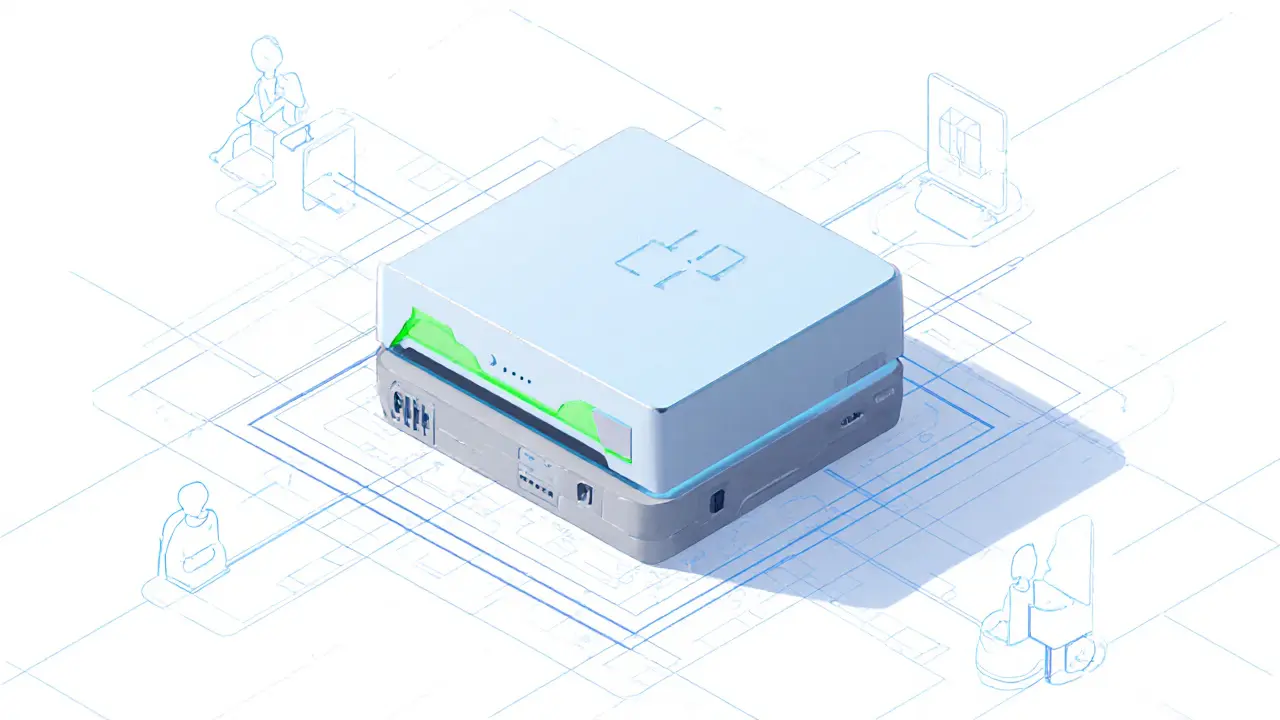Decentralized Infrastructure: Building Trust‑Free Networks
When working with decentralized infrastructure, the collection of distributed technologies that let peers interact without a central authority. Also known as decentralized systems, it encompasses sidechains, parallel chains that connect to a main blockchain via two‑way pegs and blockchain bridges, the protocols that move data and assets across different ledgers. These pieces work together to create a resilient, open‑source architecture that can scale and stay secure.
Sidechains act like auxiliary highways for a main blockchain. By off‑loading specific transactions—think fast swaps or gaming assets—they reduce congestion on the primary chain. The two‑way peg ensures that tokens can move back and forth at a 1:1 ratio, while validators maintain the peg’s integrity. Because sidechains operate under their own consensus rules, they can experiment with lower fees or faster finality without risking the core network.
To link those sidechains to the main chain, blockchain bridges step in. There are custodial bridges, which rely on trusted entities, and trustless bridges that use smart contracts and multi‑signature schemes. A bridge’s job is to lock assets on one ledger and mint equivalents on another, keeping the total supply constant. Choosing the right bridge type balances security, speed, and ease of integration for developers.
Modular blockchains take the idea of splitting responsibilities a step further. Instead of a monolithic design where execution, settlement, and data availability share the same layer, modular chains separate them into distinct modules. This separation boosts scalability—execution can run many parallel instances—while the settlement layer preserves security. In practice, a modular architecture lets sidechains and bridges attach to a core data‑availability layer, creating a more flexible ecosystem.
Cross‑chain security is the glue that holds this ecosystem together. When assets move across bridges, they face risks like replay attacks or faulty validators. Audited bridge contracts, real‑time monitoring, and insurance funds are common mitigations. Understanding these risks helps developers decide whether a sidechain‑bridge combo fits their use case.
DeFi lending platforms illustrate how decentralized infrastructure powers real‑world finance. By leveraging sidechains for low‑cost collateral swaps and bridges for asset diversification, lenders can offer higher yields than traditional banks. The same infrastructure also underpins decentralized exchanges such as Leonicorn Swap on Binance Smart Chain, where fast trading relies on efficient sidechain‑bridge interactions.
What You’ll Find Below
The articles, reviews, and step‑by‑step guides that follow dig into each of these building blocks. Whether you’re looking for a sidechain deep‑dive, a bridge security checklist, or a modular blockchain comparison, the collection below gives practical insights you can apply right now.
Key Challenges Facing DePIN Networks and How to Overcome Them
Explore the biggest hurdles DePIN networks face-from bootstrapping and token volatility to regulatory gray zones-and learn practical strategies to overcome each challenge.
VIEW MORE
